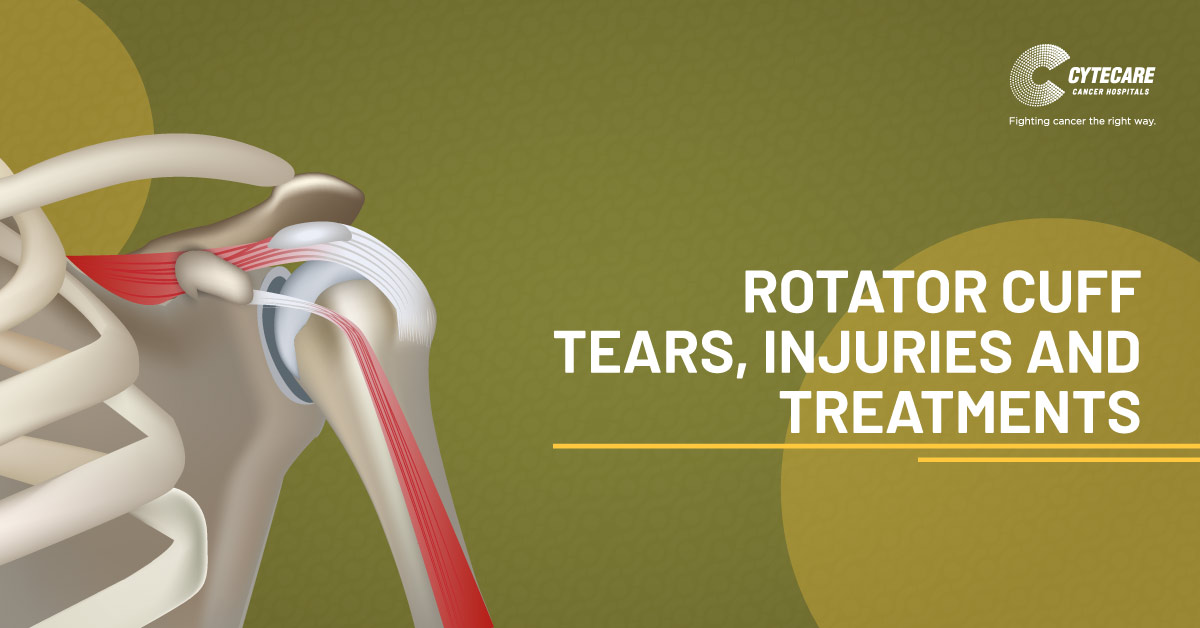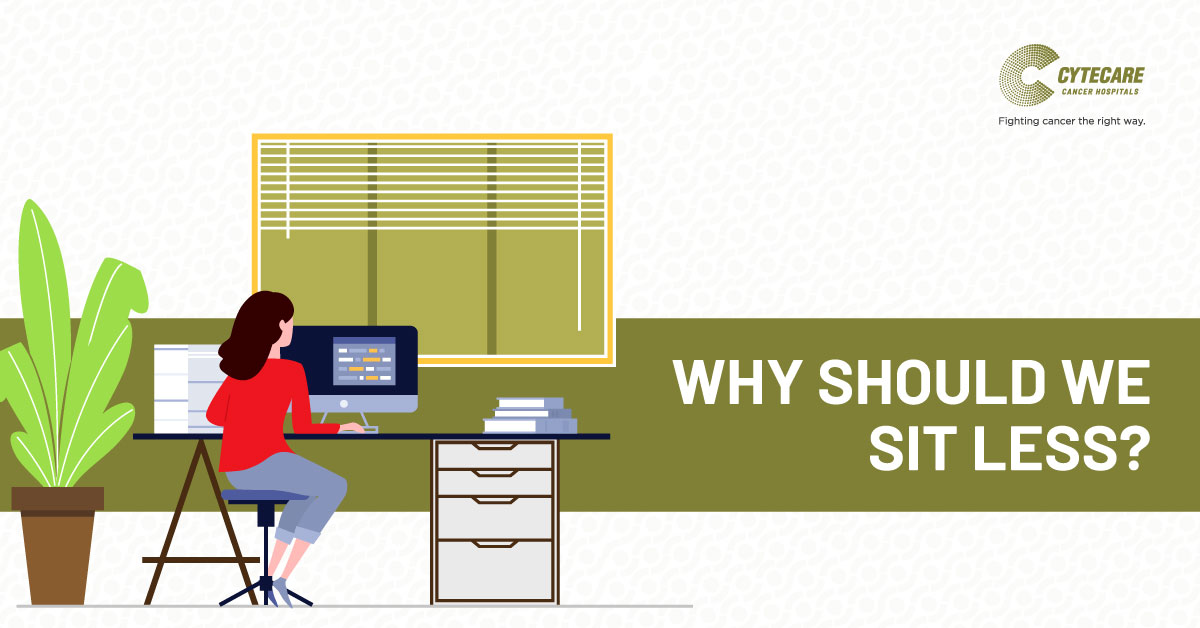
Author:
Dr. Gururaj S Puranik, Senior Consultant Trauma and Orthopaedics
A rotator cuff is a group of 4 muscles which surround the shoulder joint, which are attached to the bone via tendons. These muscles & tendons help keep the shoulder in socket & help control movements
Rotary Cuff Tear Causes
- The tendon/s are damaged/ torn through “wear and tear” or following an injury
Rotary Cuff Tear Symptoms
- Pain at rest & at night, particularly if lying on the affected shoulder
- Pain when lifting and lowering arm
- Weakness when lifting arm
If you have a rotator cuff tear and you keep using it despite increasing pain, you may cause further damage. The tear can get larger over time
MRI/Ultrasound shows the rotator cuff tear, as well as where the tear is located within the tendon & the size of the tear
Rotary Cuff Tear Treatment
- Depends on age, activity level, general health & the type of tear
- Rest by using a sling to help protect the shoulder
- Avoid activities that cause shoulder pain
- Pain killers
- Exercises (stretches) to improve flexibility & range of motion + strengthening the muscles that support the shoulder can relieve pain and prevent further injury
If rest, medications & exercises do not relieve pain, an injection of a local anaesthetic & steroid may be helpful
Surgery is indicated if
- Continued pain in spite of the above treatment
- The tear was caused by a recent, acute injury
- Symptoms lasting more than 6 to 12 months
- Significant weakness and loss of function
Surgery of rotary cuff tear involves re-attaching the tendon to the head of the humerus (upper arm bone) by keyhole surgery or as an open procedure.


